 A growing trend in recent years has been for medical and dental providers to offer medical financing to patients for procedures or medical devices not covered by insurance. Older patients on Medicare have been particularly targeted for such marketing.
A growing trend in recent years has been for medical and dental providers to offer medical financing to patients for procedures or medical devices not covered by insurance. Older patients on Medicare have been particularly targeted for such marketing.
Medicare coverage is limited to life-sustaining products and services.
Equipment like hearing aids, dentures, orthopaedic shoes, support hose and eyeglasses are desirable and improve quality of life, but they are not considered by Medicare to be necessary for senior healthcare, and are thus often not covered. So too are alternative medical treatments such as chiropractic, herbal therapies and therapeutic massage, or elective procedures (laser surgeries for cataracts, cosmetic surgeries).
Providers of these services know the coverage limitations, so many will offer point-of-service sales pitches for financing to seniors who seek them, especially for highly-desirable items like hearing aids and eyeglasses. The problem is that many of the financing plans offered have hidden or glossed-over terms that can take consumers by surprise.
Medical lines of credit are just like credit cards.
Often seniors mistake medical financing lines of credit for payment plans arranged directly with a senior healthcare provider.
A direct payment plan usually would not involve interest payments, but medical financing lines do. They are offered not directly by the provider, but through a third party financial institution, and they will typically feature interest rates akin to, or exceeding, those of commercial revolving credit lines (credit cards, payday loans, etc.).
Many financial institutions will incentivize medical service providers to pitch lines of credit to their patients by lowering their percentage take of that providers' fee as application volumes increase.
In other words, the more patients a doctor, dentist or equipment provider steers toward lines of financing, the less those providers pay to the financing company. A provider may thus not have a patient's best interest at heart when suggesting that he or she fill out an application for credit, and they may not fully explain to the patient what he or she is signing up for.
Hidden fees and high percentage rates abound.
A common sales tactic for a medical financing provider is to offer a low introductory rate, or even 0% financing, for a set time period (often six to twelve months).
That's great for a patient with the means to pay off a balance within that time period, but for those on fixed incomes or limited means, the consequences can be serious.
If the initial low introductory rate period expires and a balance remains, many lines of credit raise the financing percentage to exorbitant levels — sometimes as high as 30% or more — and these rates are typically retroactive to the date of credit approval. The back interest is then tacked onto the principal, and itself begins generating interest charges at the higher rate.
Patients who were used to paying a lower monthly amount can soon find themselves in over their heads. Exacerbating the problem, financiers will many times add expensive late fees, processing fees and other hidden charges; again, these are tacked onto the principal balance. A patient may find him or herself in a progressively downward spiral of debt.
For those on a fixed income, there are only two ways out—
- sell assets to pay off the balance
- reduce spending elsewhere
A senior in trouble might have no other option but to reduce the amount he or she spends on necessary items like food, medicine or clothing, or face financial ruin. This can have serious and long-lasting effects on one's overall health. Senior healthcare experts have repeatedly demonstrated that many older people in dire monetary straits suffer from malnutrition or depression.
Medical lines of credit can be beneficial—if you understand the terms.
That's not to say that there is no benefit to applying for a medical line of credit. If you need hearing aids, but can't pay the total cost up front, financing may be an option for you. But anytime a senior healthcare provider offers you financing, you need to make sure you review and understand the terms before you sign anything. Here are some questions to ask:
- Is the financing being offered a payment plan or a credit line? When offered a payment plan, make sure the provider isn't misrepresenting a third party line of credit as a service they offer directly. Review the application for any third party financial institution names or logos.
- What are the interest terms? If a line of credit you are being offered touts a low introductory APR, make sure that there are no trap-door, retroactive interest charges for balances remaining after the intro period expires.
- Know the fees up front. Are there any extra charges, such as application fees, processing fees, or expensive late fees?
- Ask about late payment grace periods. Know when late fees kick in, so that you can plan to have your payment in before they're applied.
- Calculate your monthly payment and make sure you have the means. If you're on a fixed income, you need to know if you'll be able to afford the monthly payment after the intro rate period expires. Don't get caught by surprise.
Medical lines of credit do have their place; they offer older people the opportunity to receive life-improving equipment and services up front. Just make sure that if a senior healthcare provider recommends a payment plan or financing, you're fully aware of the actual cost.












